Evergrande’s Downfall : In a significant development, a Hong Kong court has ordered the liquidation of China Evergrande Group, the colossal real estate company, following its failure to devise a viable plan to restructure its staggering liabilities, which amount to at least $325 billion. This marks a crucial moment in the ongoing financial saga that has gripped the Chinese property market and global economic concerns.
Key Events Leading to Liquidation:
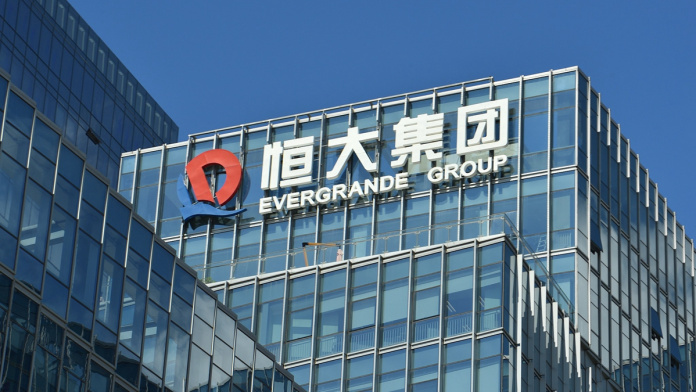
- Court Decision and Evergrande’s Debt Crisis:
The decision to place Evergrande into liquidation came after prolonged attempts by the company to navigate its colossal debt crisis, which has loomed for 18 months. The court’s ruling signifies a turning point as Evergrande faced challenges in honoring agreements and managing debts exceeding hundreds of billions. - Top Shine’s Winding Up Petition:
The catalyst for the liquidation order traces back to Top Shine filing a winding-up petition over Evergrande’s failure to fulfill a $110 million buyback agreement. This failure to honor financial commitments became a pivotal moment that set the legal proceedings in motion. - Judge Linda Chan’s Decisive Statement:
Judge Linda Chan, presiding over the case, delivered a decisive statement, stating that “enough is enough.” This underscores the frustration and impasse reached in negotiations, compelling the court to take definitive action. The ruling serves as a response to Evergrande’s failure to navigate its financial obligations.
Market Reaction and Evergrande’s Future:
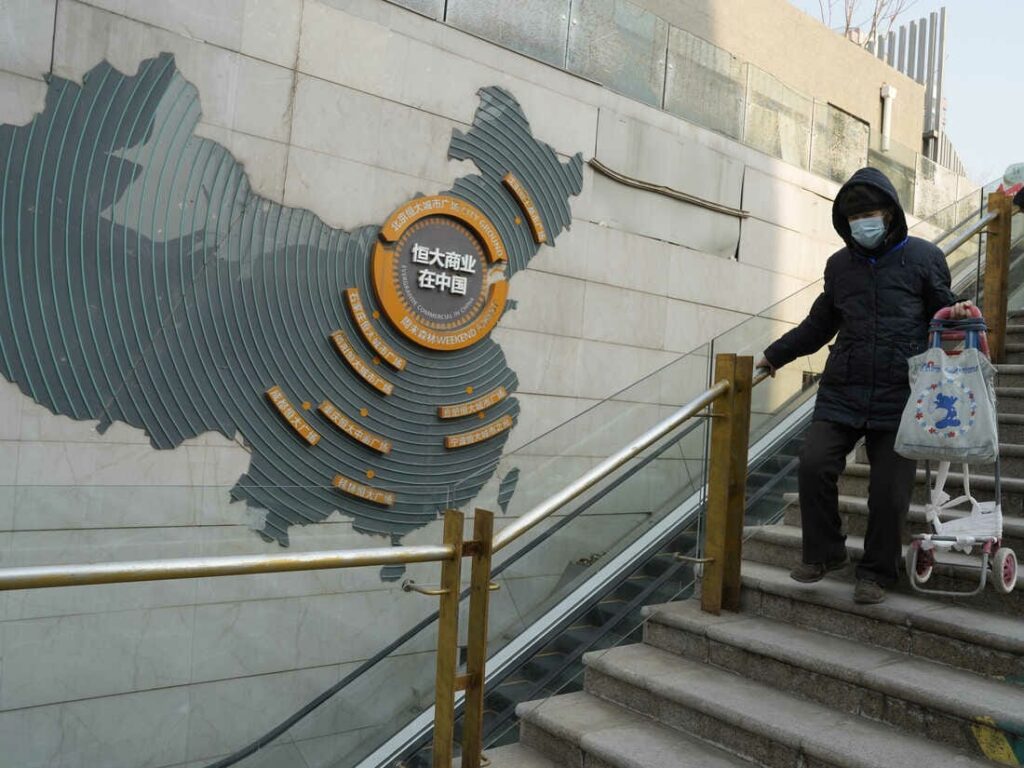
- Stock Market Turmoil:
The news of Evergrande’s liquidation had an immediate impact on the financial markets, with China Evergrande shares plummeting more than one-fifth of their value on the Hong Kong Stock Exchange. Trading was suspended shortly after the market opened, reflecting the gravity of the situation. - Appointment of Liquidators:
With the court’s decision, liquidators will be appointed to facilitate the sale of Evergrande’s assets. This process aims to generate funds to pay off the company’s extensive list of creditors. The outcome of this liquidation process will shape the financial landscape and determine the extent of recovery for stakeholders. - Challenges to the Court’s Ruling:
Despite the court’s ruling, Evergrande Executive Director Shawn Siu has expressed the company’s determination to continue operations in mainland China. The complexities of cross-border legal proceedings and the company’s role in China’s property market introduce uncertainties about the enforcement and implications of the ruling.
Legal Context and Hong Kong-Beijing Agreement:
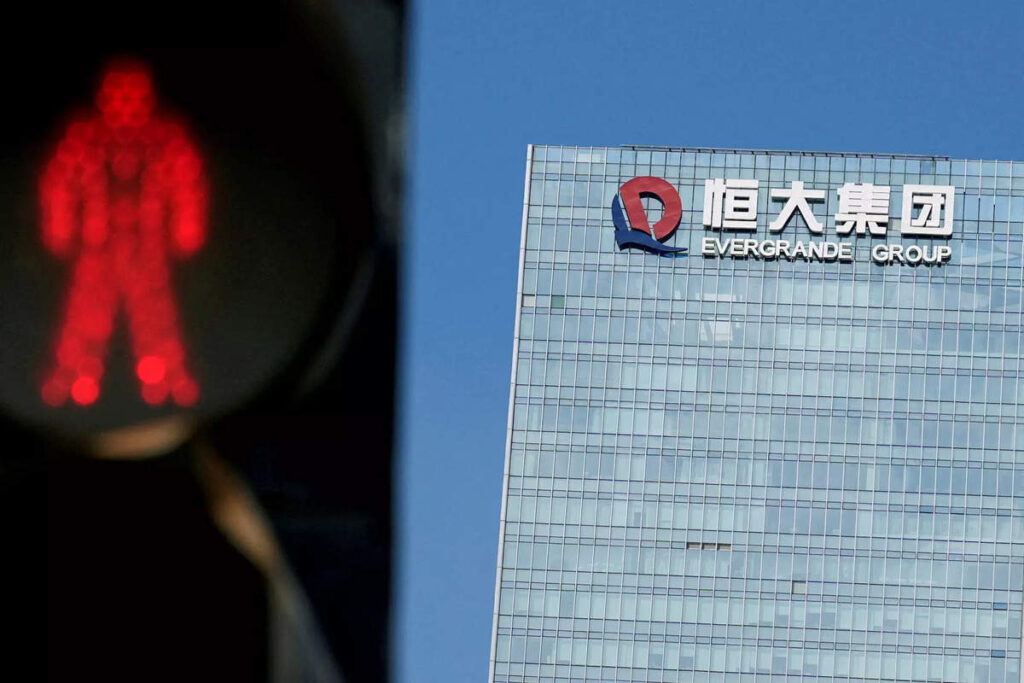
- Memorandum of Understanding (MOU) Between Hong Kong and Beijing:
Interestingly, the court’s decision aligns with the effective date of a memorandum of understanding between Hong Kong and Beijing. The MOU outlines cooperation in enforcing civil case rulings by each other’s judicial authorities. However, Hong Kong emphasizes that the agreement serves as protection against automatic imposition of mainland judgments on Hong Kong entities. - Legal Safeguards and Potential Implications:
The MOU specifies conditions where cross-border enforcement may be refused, offering legal safeguards. This becomes relevant in the context of Evergrande’s case, where the company’s pivotal role in China’s property market may prompt government intervention or exercise of legal prerogatives.
Evergrande’s Troubles and Path to Liquidation:
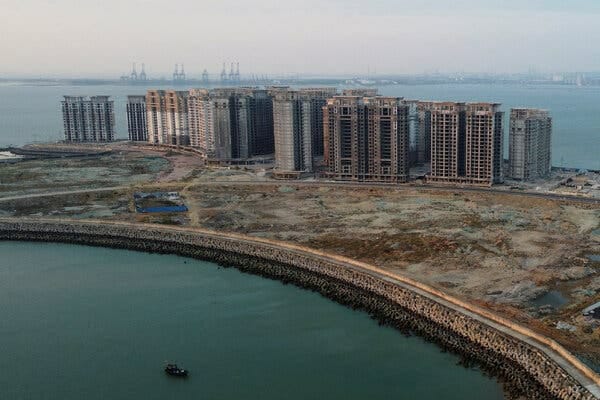
- Default and Struggles in 2021:
Evergrande’s financial struggles date back to its default in 2021, triggering a series of challenges, including demands from offshore creditors for controlling stakes during restructuring negotiations. - Detention of Top Executives:
The company’s woes intensified with the detention of top executives, including founder and Chairman Hui Ka Yan, underlining the broader implications and regulatory pressures faced by Evergrande. - Bankruptcy Protection Filing in the U.S.:
In a bid to navigate its financial quagmire, Evergrande filed for U.S. bankruptcy protection in a New York court, seeking recognition of restructuring negotiations in various jurisdictions.
Conclusion:
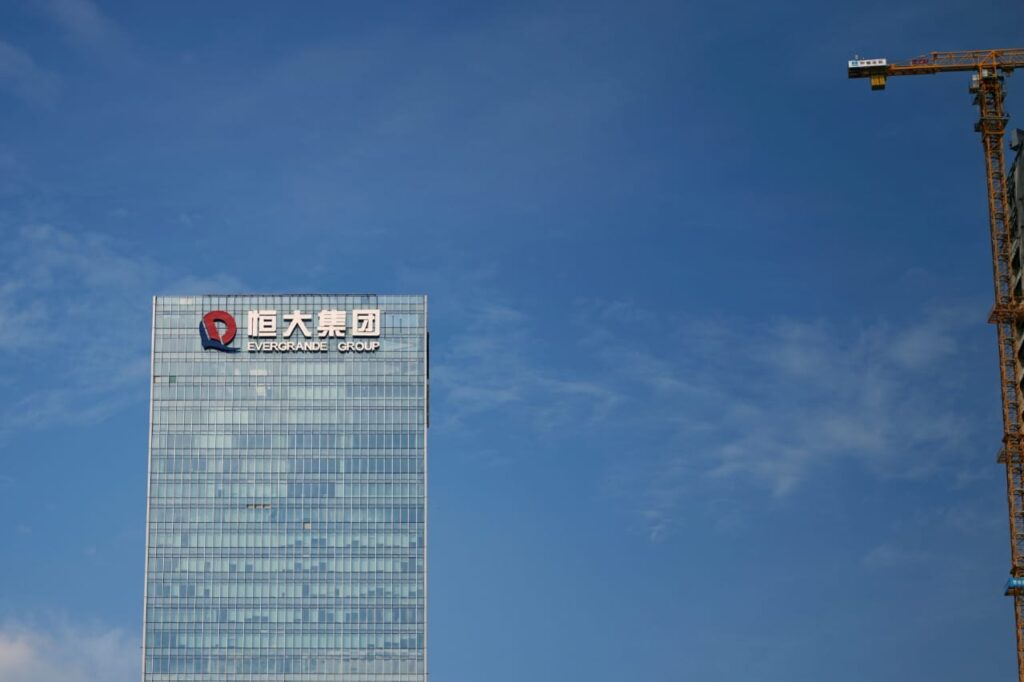
The liquidation of China Evergrande Group is a pivotal moment with far-reaching implications for the Chinese property market, global investors, and the broader economy. As the legal processes unfold, the aftermath of Evergrande’s downfall will shape the future trajectory of the real estate sector and underscore the need for robust financial governance in large corporations.
The complexities involved in cross-border legal frameworks, coupled with the geopolitical context, introduce layers of uncertainty to Evergrande’s fate. The market’s response, the actions of appointed liquidators, and the stance of Chinese authorities will collectively define the resolution and aftermath of this financial saga.
